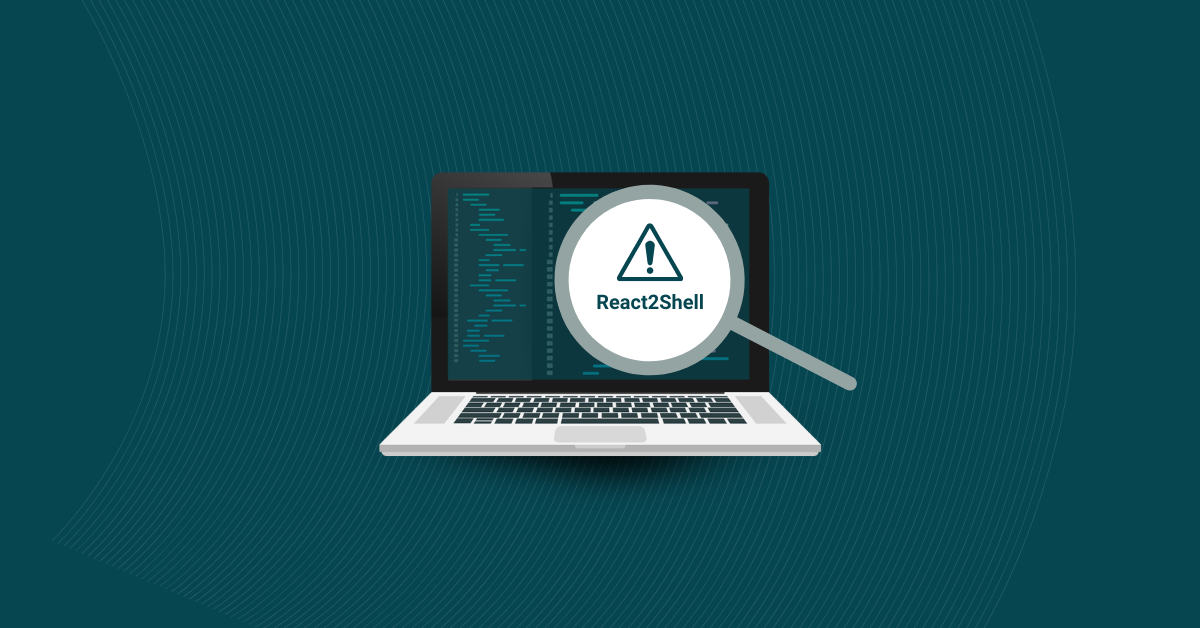

Web applications drive innovation, connect users, and power critical business processes. However, they are also a primary target for cyberattacks. Securing these applications is a complex task that requires a strategic approach and the right tools to mitigate risks. Selecting a security tool isn’t just about ticking boxes — it’s about finding a solution that integrates seamlessly into your development workflows, addresses vulnerabilities, and evolves with your application’s needs.
Application security (AppSec) refers to the practices, technologies, and strategies used to protect software from cyberattacks and vulnerabilities. This extends beyond initial development to include continuous monitoring and threat mitigation throughout the software’s lifecycle.
A strong AppSec strategy integrates directly into development processes, such as DevOps or Agile methodologies, without disrupting productivity. It aims to identify weaknesses, whether they stem from insecure coding practices, third-party dependencies, or evolving attack methods.
Top elements of a comprehensive AppSec strategy include:
By embedding security directly into development workflows, teams can reduce the likelihood of vulnerabilities slipping through the cracks without slowing release cycles.
Web AppSec tools are designed to defend against a range of attack vectors that target weaknesses in the application’s code, infrastructure, and user interactions. Some common threats include:
Security threats like these highlight the importance of proactive and layered defenses that address the full spectrum of potential threats.
The different types of AppSec solutions available respond to different threats against web apps.
WAFs protect web applications by filtering and monitoring HTTP requests. Acting as a shield between the application and incoming traffic, they block harmful requests while allowing legitimate users to interact with the application. For example, a WAF might detect and block an attempt to inject malicious SQL commands into a login form, thereby protecting sensitive user data stored in the database.
RASP operates within the application itself to detect and block threats during runtime. This allows it to identify nuanced attacks that static or external tools might miss. RASP’s close integration with the application makes it effective at pinpointing malicious activity without interfering with normal operations. For instance, if an attacker attempts to exploit a known vulnerability in a running application, RASP can detect suspicious behavior and stop the threat before it causes harm.
SSL and TSL encryption protocols protect data transmitted between users and servers to prevent eavesdropping and tampering. While often seen as a basic security measure, these protocols are foundational for establishing user trust and secure communications.
For web applications, SSL/TLS is vital for safeguarding transactions, login information, and personal data. Modern web browsers flag websites without SSL/TLS certificates, which emphasizes their importance for user trust and security compliance.
Threat intelligence and vulnerability scanning tools provide insights into emerging threats and identify vulnerabilities before they become exploitable. Vulnerability scanning evaluates code for potential risks and helps developers address issues before they deploy the app.
Kiuwan Insights is an example of a vulnerability scanning tool that detects risks in open-source libraries and integrates seamlessly into your development workflow. By detecting vulnerabilities early, Kiuwan helps development teams can address potential issues early in the process.
MFA strengthens access control by requiring users to confirm their identity through multiple methods, such as passwords, one-time codes, or biometrics. This added layer of defense makes unauthorized access significantly more challenging.
Techniques like application shielding and code obfuscation prevent attackers from reverse-engineering or tampering with your application. These approaches are particularly useful in environments where intellectual property theft or application abuse are high concerns.
When evaluating web application security issues and solutions, the following considerations can guide your choice of tools:
Selecting the right tool begins with understanding your application’s architecture, user base, and development practices. Some considerations include:
Kiuwan supports developers in creating secure software by integrating static application security testing and software composition analysis directly into the development lifecycle. Our ability to scan code repositories for vulnerabilities in both proprietary and open-source components enables developers to address risks before they become liabilities.
Some of Kiuwan’s features include:
By embedding security into your workflow, Kiuwan empowers you to deliver secure, reliable applications without sacrificing productivity.
Experience firsthand how Kiuwan can simplify security, strengthen your applications, and enable your team to deliver secure software with confidence. Request a demo today.


